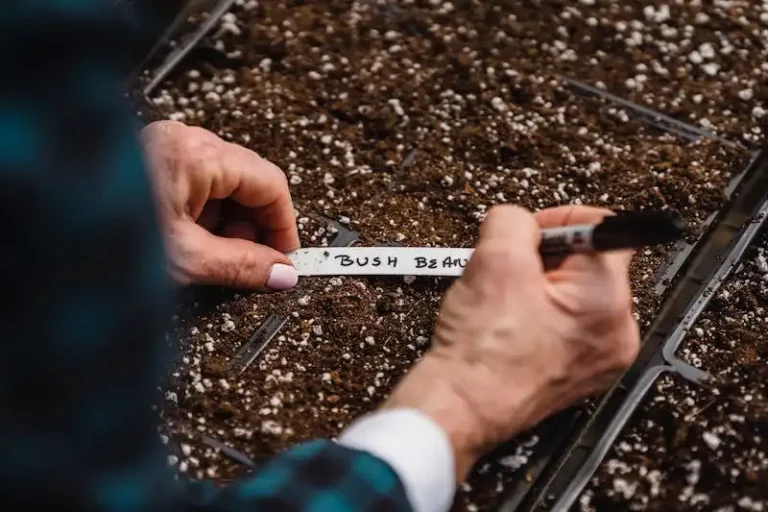Have you ever encountered a 403 error while browsing the web? If so, you are not alone. The 403 error is a common HTTP status code that indicates a client’s request was denied access to the requested resource on the server. This error can be frustrating, especially when you’re trying to access important information or perform a critical action. In this article, we will explore the causes of a 403 error and ways to resolve it.
One of the causes of a 403 error is improper permission settings. Websites often have restricted areas or files that require authentication to access them. If you don’t have the proper credentials or permission, you will receive a 403 error. This can happen if you mistype your username or password, or if you are not authorized to access the resource.
Another common cause of a 403 error is a misconfiguration in the server settings. Websites use a combination of server-side scripts and .htaccess files to control access to specific directories or files. If these configurations are incorrect or missing, the server will deny access and return a 403 error. This can be caused by a server misconfiguration, a problem with the .htaccess file, or even a bug in the server software.
So what can you do if you encounter a 403 error? First, try refreshing the page or clearing your browser’s cache. Sometimes, a temporary glitch or outdated cache can cause the error. If that doesn’t work, check your login credentials and make sure you have the necessary permissions. If you are still unable to access the resource, contact the website administrator for assistance.
In conclusion, the 403 error is an HTTP status code that indicates a client’s request was denied access to the requested resource. It can be caused by various factors, including improper permission settings and misconfigurations in the server settings. To resolve a 403 error, try refreshing the page, clearing the cache, and verifying your login credentials. If the error persists, seek assistance from the website administrator.
Current Lawn Care Problems: Hairy Bittercress
The hairy bittercress (Cardamine hirsuta) is an annual plant that is commonly found in lawns. Its small size and inconspicuous appearance make it difficult to identify until it has grown significantly. However, once it has reached maturity, it becomes a problem due to its ability to produce many branching stems with small white flowers.
The main problem with hairy bittercress is that it can quickly spread and take over a lawn. The plant produces an abundance of small seeds which are easily spread by mowing or other lawn care activities. These seeds can remain dormant in the soil and germinate when conditions are favorable, leading to a new batch of hairy bittercress plants.
Prevention and early detection are key in managing hairy bittercress. By regularly mowing your lawn and following proper lawn care practices, you can minimize the chances of the plants spreading. If you do notice hairy bittercress in your lawn, it is important to remove the plants, including the roots, to prevent them from setting seeds.
If you are already seeing a significant infestation of hairy bittercress in your lawn, there are chemical treatment options available. Preemergence herbicides can be used to prevent the seeds from germinating, while postemergence herbicides can be used to target the existing plants. It is important to read and follow the directions on the label of any herbicide product you use, as different products may have specific requirements for application and safety.
| Common Names | Hairy Bittercress |
|---|---|
| Scientific Name | Cardamine hirsuta |
| Life Cycle | Annual |
| Features | Small white flowers, compound leaves with leaflets |
| Control | Mowing, manual removal, herbicide application |
| Prevention | Regular lawn care practices, early detection and removal |
In conclusion, hairy bittercress is a common weed in lawns that can quickly spread if left uncontrolled. Prevention and early detection are key in managing this problem. Regular lawn care practices, such as mowing and manual removal, can help control the spread of the plants. If needed, herbicides can be used to treat an infestation. Following proper directions and safety precautions is essential when using herbicides.
Source: [insert reference]
403 ERROR
If you’ve encountered a 403 error while using a web application, it means that you don’t have permission to access a particular resource or perform a certain action. This error code is often encountered in various life management applications, such as early leaflets or lawn care products.
In the context of lawn care, it can relate to the management and control of weeds, specifically hairy bittercress. This is a common weed that can cause trouble in lawns and garden areas. To get it well controlled, the application of a postemergence herbicide is typically needed. Some common names of herbicides that improve bittercress control include fluroxypyr.
Identification and prevention of bittercress are important steps in its management. Knowing how to identify the problem and treat it before it seeds will help in controlling bittercress. It easily spreads its seeds, leading to future problems if left untreated.
For the chemical treatment of bittercress, herbicides can be used. However, it’s important to follow the directions on the label for proper use and protection of other plants. Some herbicides are selective and won’t harm turfgrass, while others can harm both the weeds and the desirable plants.
In addition to chemical control, hand weeding is also an option for small areas or flowering lawns or gardens. Removing bittercress by hand before it flowers can help prevent the spread of seeds and reduce future problems.
In the winter state, bittercress foliage is easily seen above the lawns or garden. This is the best time to treat it and get it under control. A typical life cycle of bittercress begins in the fall when the seeds are scattered and ends when the plant matures and sets seeds in the spring.
If you’re having trouble getting rid of bittercress or other weeds in your lawn or garden, it may be helpful to consult a professional or reference trusted sources for advice and guidance on proper treatment and management.
References:
– Source: [insert source here]
– [insert additional reference here]
– [insert additional reference here]
Lawn and Turfgrass Weeds: Hairy Bittercress
Hairy Bittercress (Cardamine hirsuta) is an annual weed that is commonly found in lawns and turfgrass. It can cause trouble in lawns due to its ability to quickly spread and reproduce.
Identification: Hairy Bittercress is a winter annual weed that germinates in the fall and typically starts blooming in early spring. It has compound leaves with several pairs of leaflets and small white flowers. The foliage of Hairy Bittercress is easily identified by the presence of fine hairs, giving it a hairy appearance.
Features: Hairy Bittercress features a basal rosette of leaves, with stem elongation occurring shortly after flowering. It produces numerous seeds that can easily be dispersed by wind, water, or even by garden tools such as a lawn mower.
Prevention and Control: To prevent Hairy Bittercress from becoming a problem in your lawn, it is important to improve turfgrass health through proper care and management. This includes regular mowing, adequate watering, and fertilization. Removing weeds before they can produce seeds is crucial, as it will help prevent future problems.
If you are already seeing Hairy Bittercress in your lawn, there are several control options available. Hand-pulling is effective for small infestations, but care must be taken to remove all the roots to prevent regrowth. Postemergence herbicides labeled for use on turfgrass can also be used to treat Hairy Bittercress. Fluroxypyr is a common herbicide that has shown good control of the weed when used according to label directions.
References:
| 1. | Bugwood Image Database System |
| 2. | University of California Statewide Integrated Pest Management Program |
Life cycle
In the context of the “403 ERROR” topic, let’s explore the life cycle of the bittercress plants, which are known for causing problems in lawns and gardens. Bittercress, also known as Cardamine hirsuta, is an annual weed that can be found throughout the year.
During the winter, bittercress seeds are already present in the soil, waiting for the right conditions to germinate. As soon as the weather starts to warm up in the spring, these seeds will start flowering and producing new plants.
The plants will develop branches with small leaflets that resemble those of a cardamine, hence the common name. These leaflets can be hairy and will keep growing and spreading throughout the summer.
When it comes to bittercress management, the best strategy is prevention. Using a preemergence herbicide can help control the future growth of bittercress. These herbicides can be applied before bittercress seeds germinate, effectively preventing their growth.
However, if you are already seeing bittercress in your lawn or garden, you can use a postemergence herbicide to get rid of it. Make sure to follow the instructions on the label and apply the herbicide according to the manual directions.
Some commonly labeled products that may improve the control of bittercress include fluroxypyr and other compounds. These herbicides are effective in preventing and controlling the growth of bittercress.
In any case, manual removal of bittercress can also be a solution. By hand, you can pull out the plants and their roots, preventing them from spreading further.
In conclusion, the life cycle of bittercress involves the flowering, growth, and spread of plants, which can cause trouble in lawns and gardens. By understanding the life cycle and implementing prevention and control methods, you’ll be able to manage and prevent problems caused by bittercress.




